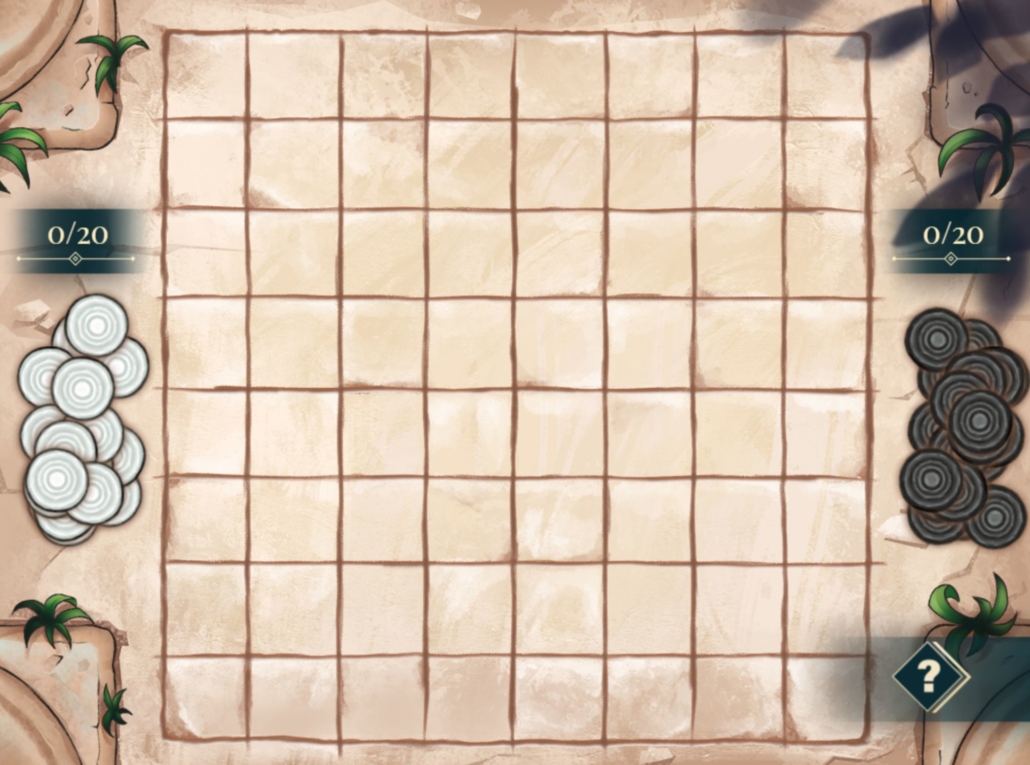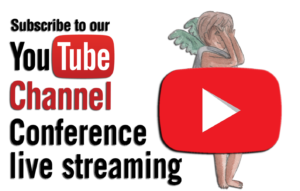Contact
Université de Fribourg
Rue du Criblet 13
CH-1700 Fribourg
Follow us on Facebook
Follow us at the Gametable workshop on 10-11 october
hybrid Working Group 5: Education, Implementation, Dissemination, 1st In-Person Meeting, Santorini, Greece Meeting link and program:
https://gametable.network/news/news-wg5-meeting2.html
@gametable22145 @ludocorpus @LiegeGameLab


